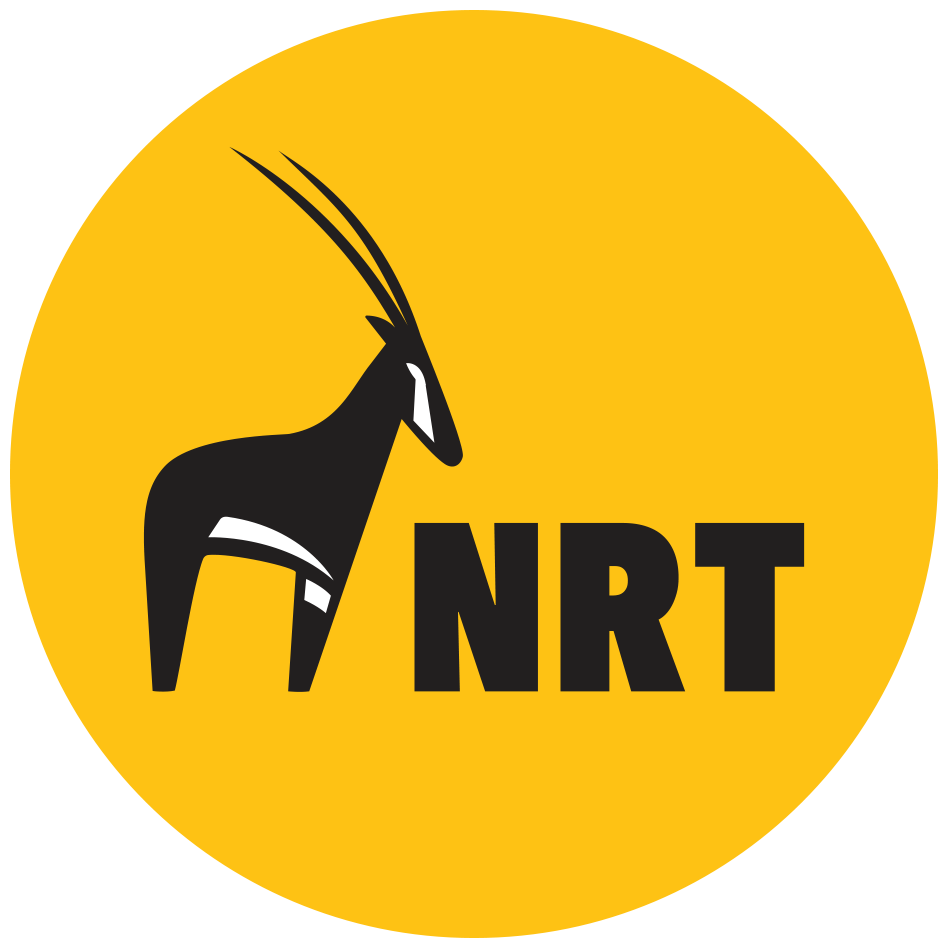Learning for All: Bringing Education Dreams to Life in NRT Member Community Conservancies, One Child at a Time
Across the vast northern Kenya pasturelands, an eight-year-old boy from a maa-speaking pastoralist community herded his father’s livestock, as was his norm, every school holiday.
On this day, physically, he was present, watching large cumulus clouds floating across a blue sky while keeping an eye on the cows and goats as they grazed so he would not lose any to a lion. Mentally, his mind had turned back the hands of time to the day he was born. He did not know the precise day, month, or year, as his parents never attended school. His mother said his birth took place during a solar eclipse.
While most youngsters in his class knew their precise date of birth, his remained a mystery. Like any other little boy his age would have, he decided to designate his favourite date, month, and year as his birthday!
With that very important matter out of the way, his thoughts drifted to the places he would explore while searching for pasture. The older he grew, the more his understanding of the ecosystem increased. Everything was interlinked, he realized.
His father’s livestock entirely depended on the health of the surrounding rangelands, forests, and rivers. His family could only afford to pay school fees when the natural environment was healthy, and their livestock could access high quality pasture, increasing their yield and market value when sold, generating sufficient income for his parents.
The tide turned when the family lost most of the herd to a catastrophic drought, which also brought the livestock economy on which his pastoralist community relied to its knees. Instead of dreaming about his next adventure, he was now witnessing increased human-wildlife conflict as elephants competed for water with humans, and his beloved community grappled with limited livelihood options.
Raising his school fees under these circumstances was an uphill if not impossible task for his family. The future ostensibly looked bleak, and dropping out of school was the only option left, dashing his hopes. Unbeknownst to the little boy and his parents at the time, there was a bigger world than the one before their eyes waiting for him, one that would lead him down a less trodden path.
Thanks to the community’s rallying together to sponsor his education, not only would he be the first in his family to undergo formal learning, but he would also be the first from Westgate Community Conservancy to graduate from a Kenyan university. He would go on to etch his name in history books by becoming Westgate’s first Conservancy Manager, the inaugural winner of the prestigious Tusk Award for Conservation, a recipient of Stanford Law School’s Environmental Sustainability Award, and the current CEO of the Northern Rangelands Trust (NRT), Tom Lalampaa.
For decades in the semi-arid landscape that is northern Kenya, many children, like eightyear-old Tom, have had their access to learning hindered by a confluence of geographic, socioeconomic, cultural, and political factors. It is not unusual to see children seated under a tree or on an earthen floor during class. In some areas, the situation is worsened by teachers withdrawing from schools due to insecurity, housing shortages, and long commutes to work.
Predominantly home to nomadic pastoral communities, northern Kenya is also affected by climate change, prompting parents to relocate with their children in search of pasture. According to data from a 2019 Kenya National Bureau of Statistics report on education and training, 70.3% of the nation’s population aged three and above had completed primary or higher-level education. Nine counties, namely, Garissa, Marsabit, Isiolo, Tana-River, Samburu, West-Pokot, Turkana, Mandera, and Wajir less than 50% of the population with a primary education or higher education.
NRT, its member community conservancies, and partners, are supporting select schools in assessing and prioritizing their educational needs to increase enrolment and retention rates, and improve learning outcomes for girls and boys in northern and coastal Kenya.
“Community conservancies are working to improve ecosystem health and livelihoods by increasing children’s access to education, which is fundamental in the achievement of this goal,” notes Moses Lenaipa, NRT’s Senior Education Officer. This October, NRT East, West, and Mountain regions awarded education bursaries worth Ksh 27.5 million from the CLF with support from the Agence Française de Développement, RainForest Trust, Fonds Français pour l'Environnement Mondial and the NKRCP to 2,324 students in Kinna, Sericho, Garbatulla, Cherab, Masol, Pellow, and Naibunga Upper Community Conservancies, with support from the European Union, United States Agency for International Development, and Agence Française de Développement.
The bursaries are a respite for struggling pastoralist families, who have been under immense financial strain after losing livestock, their main source of livelihood, to drought. Rahma Hussein, 14, a student from St. Mary’s Girls’ High School in Isiolo, is one of Kinna Community Conservancy’s bursary beneficiaries. Despite her challenging educational journey, she is grateful for the opportunity to learn and fulfill her dream of being an accountant.
“My father, a mason, recently lost his livestock to drought. He has always believed that with an education, I will go further, and break free from the poverty cycle we are in,” Rahma explains.
As a result of NRT’s Education Program’s activities, student performance in schools within member community conservancies has improved, enrollment and retention rates have increased, as well as the student transition rates from primary to secondary school level. The Education Program is supported by ICEP, Conservation International, The Nature Conservancy, Tusk Trust, and Lewa Wildlife Conservancy’s Education Program.
Active in 42 schools spread across 27 community conservancies, NRT’s Education Program continues to play an instrumental role in raising the next generation of African conservation leaders.



